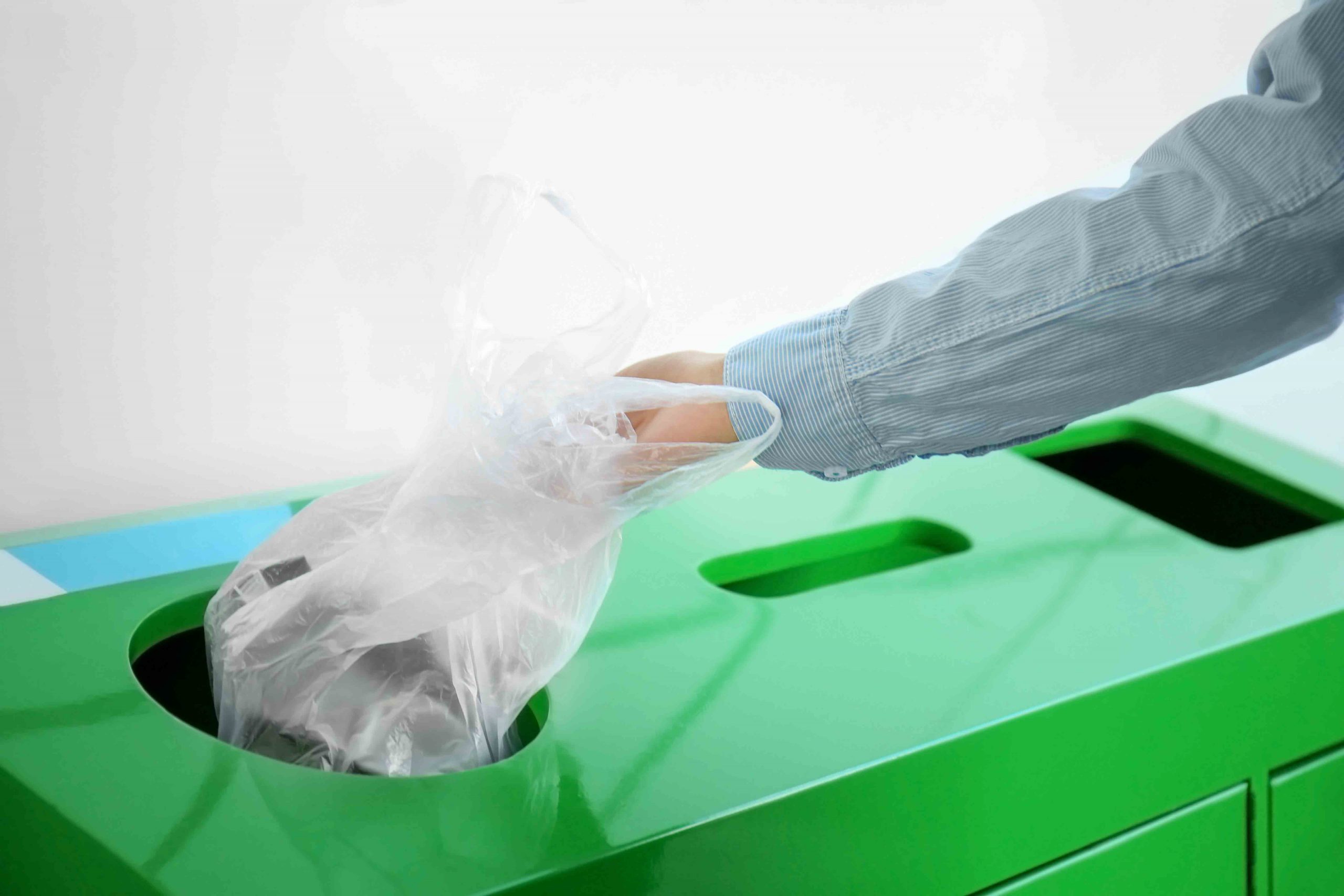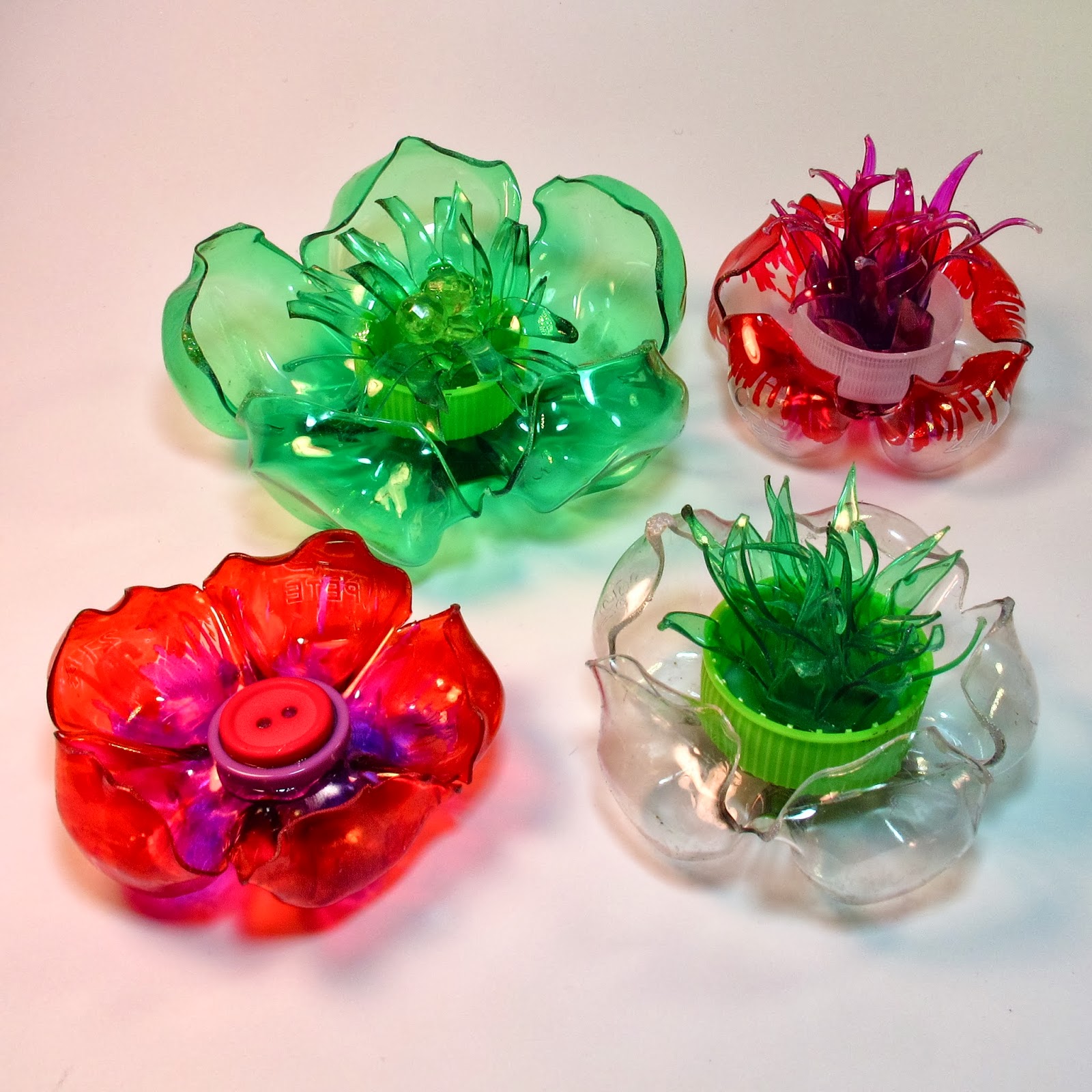

We encourage you to do what you can to eliminate plastic waste. We’re experiencing a plastics crisis in the United States and around the world. Keeping Number 5 Plastics Out of the Trash
RECYCLE PLASTIC FREE
If no free programs meet your needs, you may consider ordering, for a not-so-small fee, one of their zero waste boxes. If the bulk of your number 5 plastics come from a specific brand, check to see if there is a TerraCycle brigade program available that allows you to recycle the products for free. There are free recycling programs as well as Zero Waste Boxes, which can be filled with plastic and mailed to TerraCycle, that you must pay for. TerraCycle does not have a recycling program specifically for number 5 plastics, so you’ll have to hunt around their website for the best solution. This company’s motto is “eliminating the idea of waste” and they have programs that allow you to recycle almost any type of waste. The giant in recycling the unrecyclable arena is TerraCycle. Image by Bob Williams from Pixabay TerraCycle Many prescription bottles are made from number 5 plastics. The ministry reuses bottles in countries where such supplies are limited and recycle those they cannot use. They welcome prescription medicine bottles as well as small pill bottles that may be too small to recycle curbside. The international humanitarian aid and disaster relief organization Mathew 25: Ministries accepts clean, empty pill bottles. See what kinds of number 5 plastics the company accepts and save your plastics to mail in when pandemic restrictions have lifted.

Note: During the COVID-19 crisis, Preserve has had to temporarily pause its mail-in recycling program. Preserve also closes the lifecycle loop with their mail-in toothbrush takeback program. They welcome medicine bottles, yogurt containers, hummus tubs, and more. Preserve now asks interested recyclers to mail in their number five plastics. A limited number of stores still accept plastic “disposable” cutlery only. Formerly, Preserve offered recycling drop-off locations for polypropylene at Whole Foods stores but discontinued the program in 2019. The Gimme 5 program is run by Preserve, a company that makes fully recycled plastic home and kitchen goods. Do check with your local solid waste district to check local options in your region before going to this effort and expense. Recycling Mail-in ProgramsĬurrently, there a few mail-in options for recycling polypropylene. That is when China stopped accepting our plastic waste for recycling. Number 5 plastics were widely accepted in both curbside and drop-off recycling centers before China’s National Sword policy was introduced in 2018. Lids of single-use drink bottles are often also made of number 5 plastic as well as a great deal of single-use laboratory and medical supplies at hospitals, clinics, and labs. It’s often used in prescription medicine bottles, yogurt cups, hummus tubs, single-use cutlery, and some packaging for personal care products like deodorant, lotion, or shampoo. This plastic type is particularly hard and heat resistant.
RECYCLE PLASTIC CODE
The resin identification code for polypropylene, commonly known as number 5 plastic The number 5 with the recycling symbol indicates polypropylene, often just shortened to PP. That number surrounded by chasing arrows is a resin identification code and tells users what kind of plastic they’re holding. The recycling symbol on the bottom of a plastic product does not necessarily indicate that the item can be recycled. We’ve collected a few solutions to help you keep these plastics out of the landfills. In the United States, plastic recycling is becoming a challenge, especially number 5 plastics. That means keeping and processing more recyclable material inside the U.S., which will also reduce the carbon footprint of the current approach to recycling. Now, it’s time for the United States to take responsibility to recycle these streams of waste domestically in order to improve the “materials security” of the nation. But in 2018, China tightened restrictions on what it would accept due to the high level of contaminated material sent by the U.S. A few years ago, China accepted much of the world’s plastic, textile, and paper recycling. Recycling isn’t the same as it used to be.


 0 kommentar(er)
0 kommentar(er)
